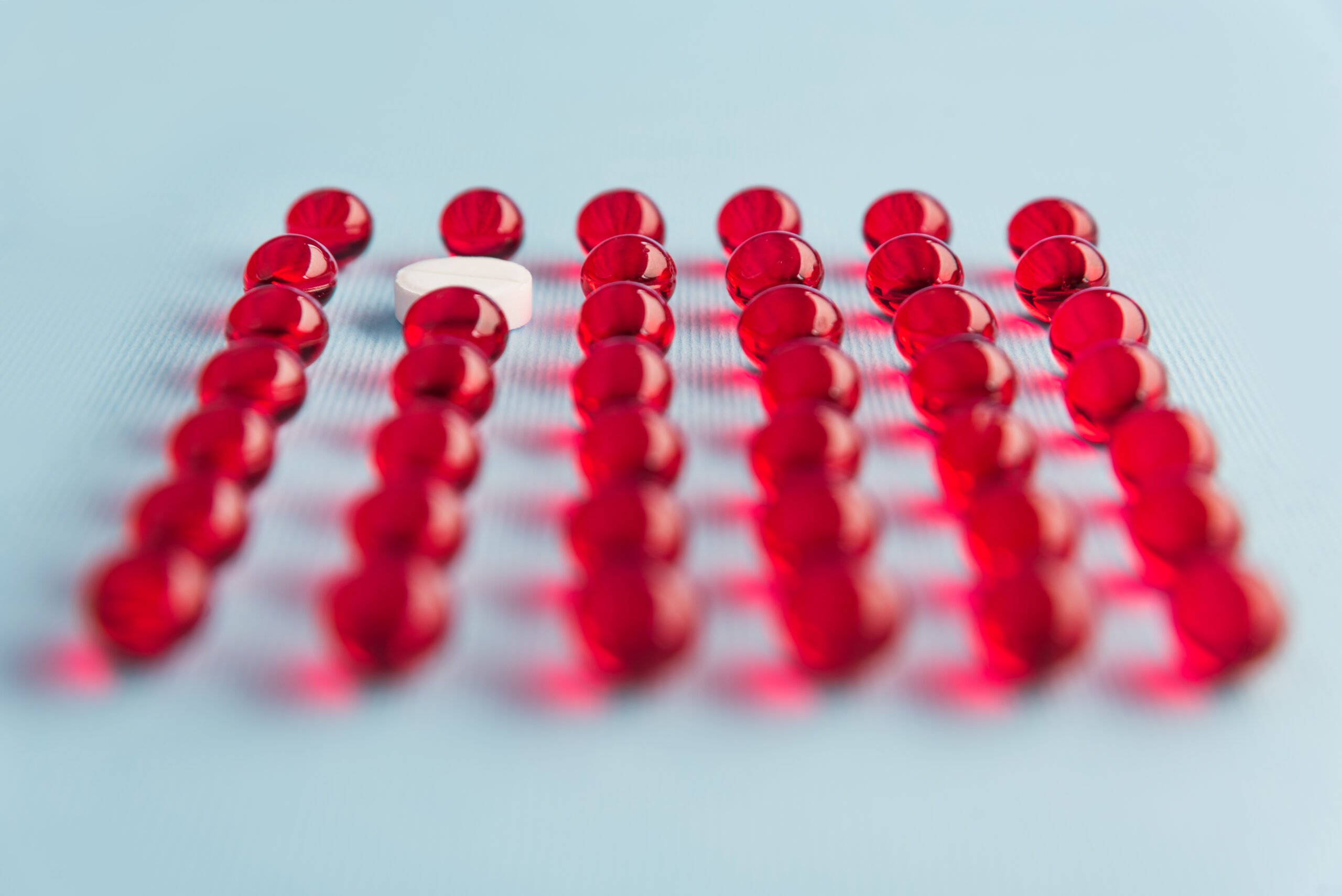Lately, you’ve noticed a decline in your energy. You’re feeling tired, irritable, and your motivation to hit the gym has dropped significantly. Maybe you’ve also noticed a decrease in libido, weight gain, or even mood swings. With these issues, you may have begun considering options, including testosterone replacement therapy (TRT), as a possible solution. However, you’ve likely heard of steroids being used by athletes to improve muscle mass and performance, and you might be wondering if they could be a quicker fix.
In California, where fitness culture thrives, it’s common to look into various treatments, including testosterone therapy. However, it’s essential to understand the differences between testosterone replacement therapy (TRT) and anabolic steroids before making any decisions. While both involve testosterone, they serve different purposes and come with varying risks and benefits.
TRT vs. Steroids: What Are They?
Testosterone Replacement Therapy (TRT)
Testosterone replacement therapy is a medically supervised treatment aimed at restoring testosterone levels in individuals with low testosterone, a condition known as hypogonadism. This therapy helps alleviate common symptoms such as low libido, fatigue, muscle loss, and depression. TRT can be administered in various forms, including injections, pellets, and topical applications. Unlike anabolic steroids, which some use to enhance muscle mass, TRT is prescribed to address hormone imbalances and improve the body’s natural functioning.
Anabolic Steroids
Anabolic steroids are synthetic derivatives of testosterone, primarily used to build muscle mass and enhance athletic performance. However, these steroids are not prescribed for medical purposes and are typically abused by athletes and bodybuilders who wish to gain muscle quickly or improve physical appearance. Unlike TRT, steroids aim to achieve supra-physiological levels of testosterone, often far beyond what the body needs for normal function.
Intended Purpose and Medical Supervision
The fundamental difference between TRT and anabolic steroids lies in their intended purpose and the supervision under which they are used. TRT is specifically designed to restore normal testosterone levels and improve the quality of life for those suffering from low testosterone. It is prescribed by medical professionals after a thorough evaluation and testing process.
In contrast, anabolic steroids are often taken without any medical supervision, typically by those seeking to increase muscle mass or enhance physical performance. The absence of medical guidance frequently results in the abuse of steroids, leading to harmful and dangerous side effects.
Dosage and Safety
TRT aims to bring testosterone levels back to a normal, healthy range, which typically falls between 300 and 1,000 nanograms per deciliter. The doses administered in TRT are carefully calibrated to avoid any harmful effects on your health. On the other hand, anabolic steroids are typically taken in high doses that push testosterone levels well beyond the normal range. These elevated levels can lead to serious health risks, including “roid rage,” cardiovascular problems, liver damage, and infertility.
Potential Side Effects
Both TRT and anabolic steroids carry potential side effects, though the risks are significantly higher with steroids. In the case of TRT, side effects may include fluid retention, acne, or mild breast tenderness. These effects are generally manageable when monitored by a medical provider. Steroids, however, come with much more severe and dangerous side effects, including mood swings, aggression (often referred to as “roid rage”), acne, high blood pressure, liver damage, cardiovascular disease, infertility, and lasting disruptions to natural hormone regulation.
Administration Methods and Effectiveness
TRT can be administered through several methods: injections, pellets, or topical applications. The most commonly recommended options are testosterone injections and pellets, which deliver testosterone directly into the bloodstream for optimal results. Injections are typically administered every 1-2 weeks, while pellets are inserted under the skin and provide a continuous, slow release of testosterone.
Anabolic steroids, on the other hand, are often taken orally or injected. However, the doses are typically much higher than those used in TRT. The goal of steroid use is to maximize muscle mass quickly, which is why steroids are often used in cycles that cause significant fluctuations in hormone levels. These fluctuations can increase the likelihood of negative side effects and complications.
Safe Ways to Restore Testosterone
When considering testosterone therapy or anabolic steroids, it’s crucial to understand the key differences between the two. While both substances involve testosterone, their uses, dosages, risks, and benefits are vastly different. TRT is a medically supervised treatment designed to restore normal testosterone levels and improve overall quality of life. In contrast, anabolic steroids are often abused for muscle mass enhancement, which comes with serious health risks.
If you are experiencing symptoms of low testosterone and considering treatment options, our team of experts can guide you through safe, effective solutions like testosterone replacement therapy. Reach out to us today to learn how we can help you feel like yourself again, regain your vitality, and live your best life.
By choosing TRT in California, you’re opting for a well-regulated, medically supervised treatment that can help you improve both your physical and mental health. The key is to seek guidance from professionals who can help you navigate these options safely and effectively. Whether you’re considering therapy for energy, mood, or physical health, it’s important to make an informed decision for your long-term well-being.



